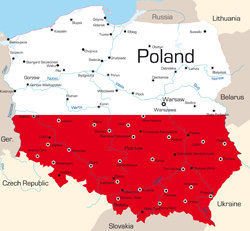Connecting researchers at an interdisciplinary interface
Colloid and interface science is a very important interdisciplinary area of science. Colloids are mixtures of microscopic particles dispersed in a solid, liquid, or gas, such as emulsions, dispersions and aerosols. They are important in the manufacture of countless chemical products: medicines, foods, household products and paints. Poland has a strong research background in surfactant and dispersed systems. For example, an institute within the Polish Academy of Sciences is just one of only eight in the world devoted entirely to conducting research into the fundamentals of catalytic reactions and the chemistry of interfaces. However, Polish research in colloid science has become fragmented due to underinvestment in the scientific sector as a whole and the recent economic restructuring in the country. The aim of the EU-funded 'Scientific network surfactants and dispersed systems in theory and practise' (SURUZ) project aimed to counter this unfavourable situation. Its main objective was to build a network of scientific institutions in Poland dealing with various aspects of colloid and interface science. The project successfully established a scientific network of 24 research groups from 14 various scientific institutions (universities and research institutes) in Poland. Their scientific interest and expertise cover many areas, including fundamental research and practical applications of colloid science. The organisation of the SURUZ network facilitated exchange of personnel and information, and dissemination of scientific results. It contributed to optimising the use of the research infrastructure available to network members, and prevented fragmentation and/or overlap of research topics.



